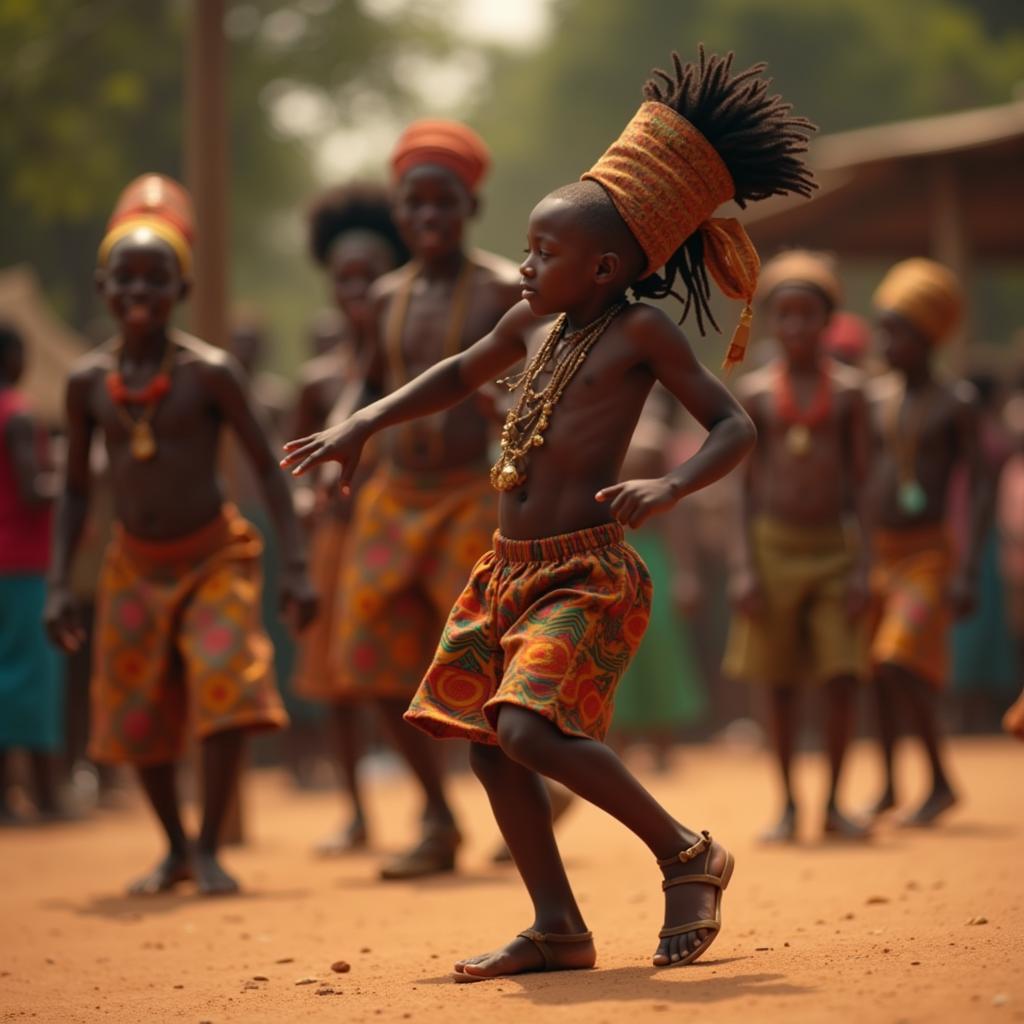The Ultimate Guide to an Unforgettable African Buffalo Safari
An African Buffalo Safari is an exhilarating adventure that offers a glimpse into the raw power and untamed beauty of the African wild. Imagine yourself face-to-face with these massive creatures, their imposing horns framing the vast savanna landscapes. This guide will equip you with everything you need to know to plan an unforgettable buffalo safari experience.
Why Choose an African Buffalo Safari?
While often overshadowed by the “Big Five,” the African buffalo, also known as the Cape buffalo, deserves its place on any safari itinerary. Here’s why:
- Impressive Presence: African buffalos are formidable creatures, weighing up to 2,000 pounds and boasting a powerful build. Their sheer size and presence are a sight to behold.
- Unique Social Dynamics: Witnessing the complex social interactions within a buffalo herd is fascinating. They display impressive teamwork, protecting their young and coordinating their movements.
- Photogenic Subjects: With their distinctive horns, expressive faces, and dramatic movements, African buffalos offer fantastic photographic opportunities for capturing the essence of the African wild.
- Challenging Tracking: Tracking buffalo can be a thrilling pursuit. Their unpredictable nature and ability to blend into their surroundings make for an engaging and rewarding safari experience.
Where to Go on an African Buffalo Safari
Choosing the right location can significantly impact your chances of a successful buffalo safari. Here are some of the best destinations:
East Africa:
- Serengeti National Park, Tanzania: Renowned for its massive buffalo herds, the Serengeti offers exceptional opportunities to witness the annual migration.
- Masai Mara National Reserve, Kenya: The Mara’s diverse ecosystems and proximity to the Serengeti also make it a prime location for buffalo sightings.
- Queen Elizabeth National Park, Uganda: Known for its volcanic landscapes and abundant wildlife, Queen Elizabeth National Park is home to a healthy population of buffalo, particularly around the Kazinga Channel.
Southern Africa:
- Kruger National Park, South Africa: One of Africa’s largest and most famous parks, Kruger offers a high chance of spotting buffalo throughout the year.
- Chobe National Park, Botswana: The Chobe Riverfront is renowned for its dense concentrations of wildlife, including large herds of buffalo.
- Hwange National Park, Zimbabwe: Hwange boasts one of the largest buffalo populations in Africa, making it an excellent choice for dedicated enthusiasts.
When to Go on an African Buffalo Safari
The best time to embark on an African buffalo safari depends on your priorities and the specific location you choose. However, here’s a general guide:
- Dry Season (June – October): During the dry season, water sources become scarce, concentrating wildlife around rivers and waterholes. This makes it easier to spot buffalo herds.
- Green Season (November – May): The green season brings lush vegetation and newborn animals, creating a different but equally captivating safari experience. However, vegetation can sometimes make wildlife spotting more challenging.
Tips for an Unforgettable African Buffalo Safari
- Choose the right tour operator: Opt for a reputable tour operator with experienced guides who have extensive knowledge of buffalo behavior.
- Pack appropriately: Light, neutral-colored clothing, comfortable walking shoes, a wide-brimmed hat, sunscreen, and insect repellent are essential.
- Be patient and observant: Allow yourself ample time to observe the buffalo and their surroundings. Look for subtle cues and behaviors.
- Maintain a safe distance: While tempting to get close, it’s crucial to maintain a respectful distance from buffalo, especially during breeding season.
- Listen to your guide: Your guide is your most valuable resource. Follow their instructions and heed their advice to ensure a safe and rewarding experience.
Conclusion
An African buffalo safari is an opportunity to witness the untamed spirit of Africa. From the thundering hooves of a charging herd to the quiet moments of grazing in the golden light, every encounter with these majestic creatures is unforgettable. By choosing the right destination, season, and tour operator, and following these essential tips, you can embark on a safari adventure that will stay with you long after you’ve returned home.
Frequently Asked Questions
Are African buffalos dangerous?
Yes, African buffalos are considered one of the most dangerous animals in Africa. They are known for their unpredictable nature and can be aggressive, especially when threatened.
What is the difference between an African buffalo and a water buffalo?
While both belong to the Bovidae family, African buffalos (Syncerus caffer) and water buffaloes (Bubalus bubalis) are distinct species. African buffalos are native to sub-Saharan Africa, while water buffaloes are found in South Asia and Southeast Asia. They differ in appearance, temperament, and habitat.
Can I see African buffalos on a self-drive safari?
Yes, it is possible to see African buffalos on a self-drive safari in certain national parks and reserves. However, it is generally recommended to go with an experienced guide who can navigate the terrain, track animals, and ensure your safety.
What should I do if I encounter an African buffalo on foot?
If you encounter an African buffalo on foot, remain calm and avoid making any sudden movements. Speak in a low voice and slowly back away while facing the animal. If the buffalo charges, try to find cover behind a large tree or rock.
Need help planning your dream African buffalo safari? Contact us! Our team of experts is available 24/7 to answer your questions, provide personalized recommendations, and create a tailored itinerary that exceeds your expectations.
Call us: +255768904061
Email us: kaka.mag@gmail.com
Visit us: Mbarali DC Mawindi, Kangaga, Tanzania
Explore our website for more information on African wildlife and safari adventures. You might also enjoy reading about African game animals.


